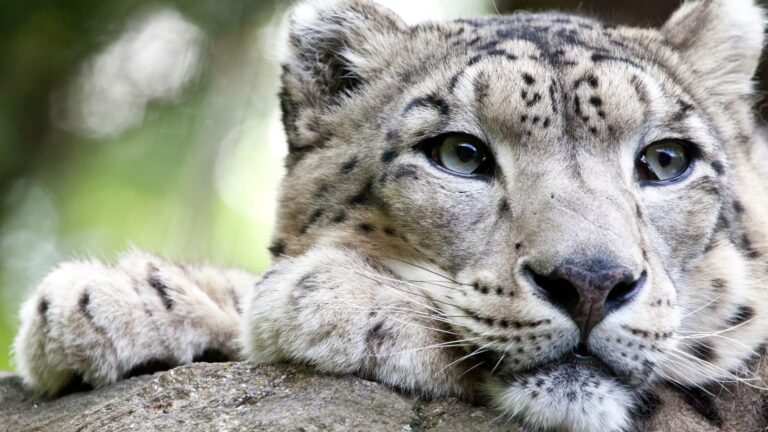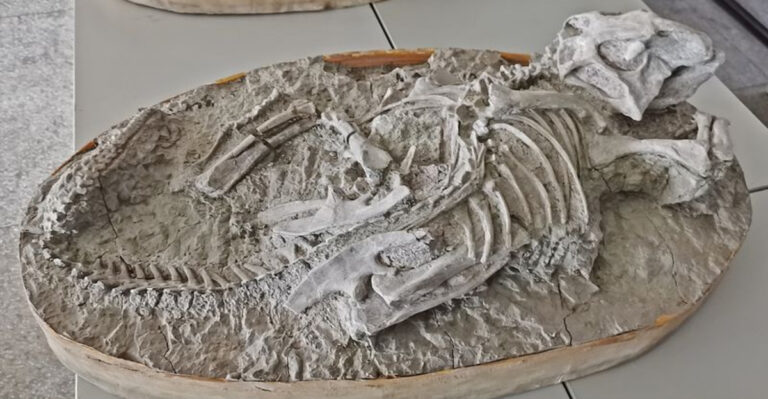The Ancient Snapper’s Comeback: How Texas Turtles Defied Extinction
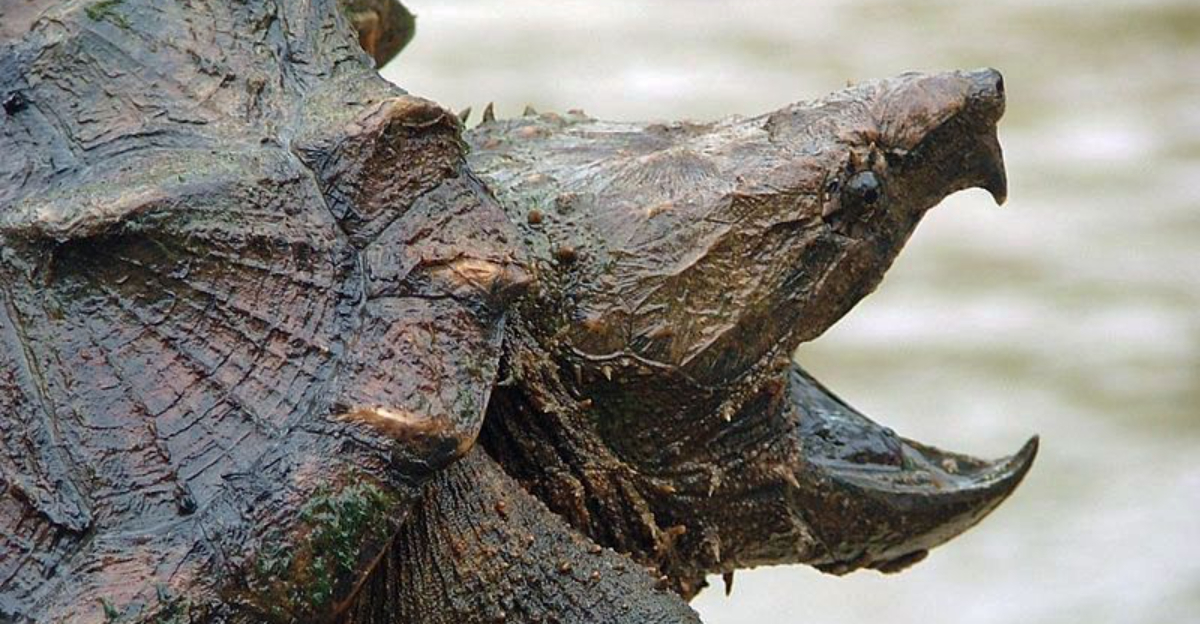
Deep in the murky waters of Texas, a prehistoric-looking creature has been fighting a silent battle against extinction.
The Texas Alligator Snapping Turtle, one of the oldest reptile species on our planet, nearly vanished forever due to human activities. But through dedicated conservation efforts and amazing resilience, these ancient river giants are making an incredible comeback story worth celebrating.
1. Origins And Evolution

Walking with dinosaurs! Texas Alligator Snapping Turtles evolved over 20 million years ago during the Miocene epoch. Their prehistoric appearance hasn’t changed much since then.
These living fossils developed their distinctive alligator-like appearance and powerful bite force as survival adaptations in ancient river systems. Few creatures can claim such an impressive evolutionary timeline!
2. Identification And Key Features
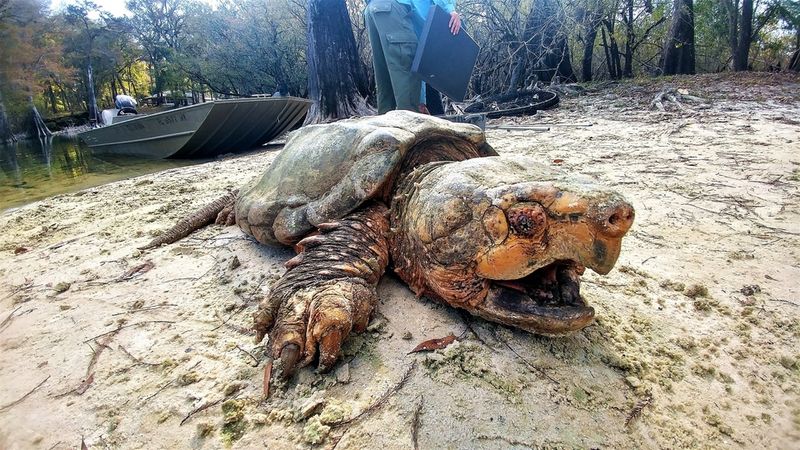
Unmistakable monsters of the deep! These turtles sport massive, ridged shells covered in triangular spikes resembling small mountain ranges. Their most famous feature? A worm-like tongue used as fishing bait.
Adult snappers can weigh over 200 pounds with shells reaching two feet long. Their powerful, hooked beaks can snap through bone with ease – earning their intimidating name.
3. Natural Habitat And Range

Home sweet muddy home! These remarkable reptiles thrive in the eastern Texas watershed, particularly in the Trinity River basin. They prefer slow-moving, deep water with plenty of submerged logs and vegetation for ambush hunting.
Historically ranging throughout East Texas river systems, their territory has shrunk dramatically. Today, conservation efforts focus on restoring their presence in these ancestral waterways.
4. Historical Decline And Near Extinction

By the 1980s, these ancient creatures faced a grim future. Commercial harvesting for turtle soup decimated populations, with thousands shipped to restaurants annually.
Habitat destruction from dam construction and water pollution dealt additional blows. Rivers were channelized, wetlands drained, and water quality plummeted. By the 1990s, scientists estimated population declines exceeding 95% in some areas.
5. Challenges To Survival In The Wild
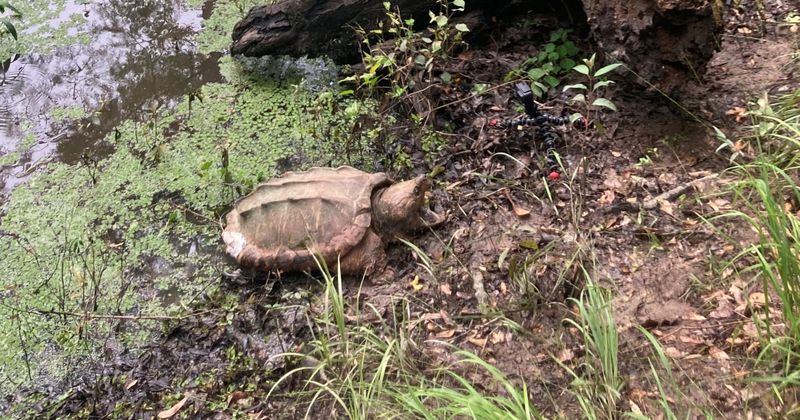
Modern threats continue despite conservation progress. Illegal collection for exotic pet trade and Asian markets remains a serious concern, with poachers targeting these valuable reptiles.
Climate change disrupts nesting temperatures, potentially skewing sex ratios. Road mortality claims many turtles during breeding season. Agricultural runoff and industrial pollution contaminate habitats, creating invisible but deadly barriers to recovery.
6. Conservation Efforts And Recovery Programs

Heroes in half-shells! Texas Parks & Wildlife launched ambitious head-start programs in 2010, collecting eggs from vulnerable nests and raising hatchlings until they’re too large for predators.
Legal protections now ban commercial harvesting completely. Biologists have released over 1,000 captive-raised juveniles into protected habitats. Satellite tracking reveals encouraging survival rates, with many turtles establishing territories in restored waterways.
7. Role Of Zoos And Wildlife Sanctuaries In Preservation
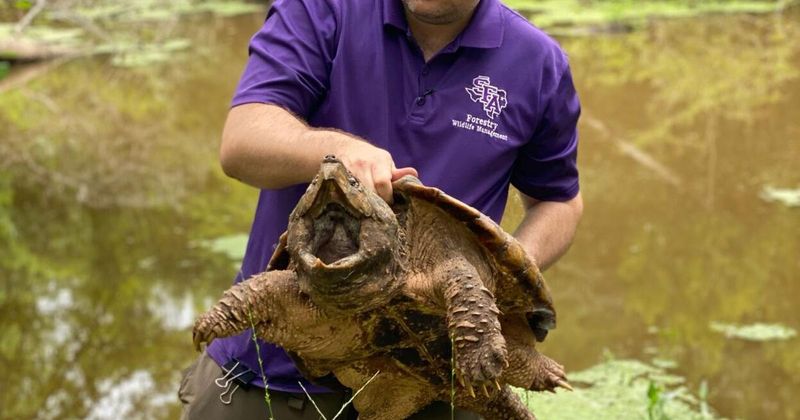
Behind-the-scenes saviors! The Dallas Zoo pioneered breakthrough breeding techniques that cracked the code on captive reproduction challenges. Their success created a sustainable population without depleting wild stocks.
Houston Zoo maintains “assurance colonies” – living genetic banks ensuring diversity survives even if wild populations crash. These facilities also serve as research hubs where scientists study growth rates, disease resistance, and nutritional needs.
8. Protecting Nesting Sites And Habitats

Sandy salvation! Female snappers travel surprising distances to find perfect nesting beaches, making them vulnerable during this critical time. Conservation teams now identify and protect these crucial sites.
Innovative “turtle excluder devices” prevent accidental drownings in fishing gear. Riverside buffer zones shield nesting areas from disturbance. Community-based monitoring programs engage local residents as turtle guardians, creating widespread investment in recovery efforts.
9. The Species’ Comeback

Against all odds! Recent surveys reveal population increases in protected watersheds, with juveniles appearing in areas where they’d vanished decades ago. This remarkable turnaround represents one of Texas’s greatest wildlife success stories.
Genetic testing confirms healthy diversity among recovering populations. Some restored habitats now support multiple generations – grandmother, mother, and baby snappers sharing the same waters, rebuilding ancient family lineages once feared lost forever.
10. Current Status And Monitoring Efforts

Tech meets tradition! Modern tracking employs underwater cameras, environmental DNA sampling, and acoustic telemetry to monitor elusive snappers without disturbing them. Citizen scientists contribute thousands of observation hours annually.
While still classified as threatened, population trends show promising stability. Breeding females – the demographic keystone – have increased by 30% since 2015. Annual nest counts provide crucial data guiding adaptive management strategies.
11. Environmental Benefits Of Turtle Recovery
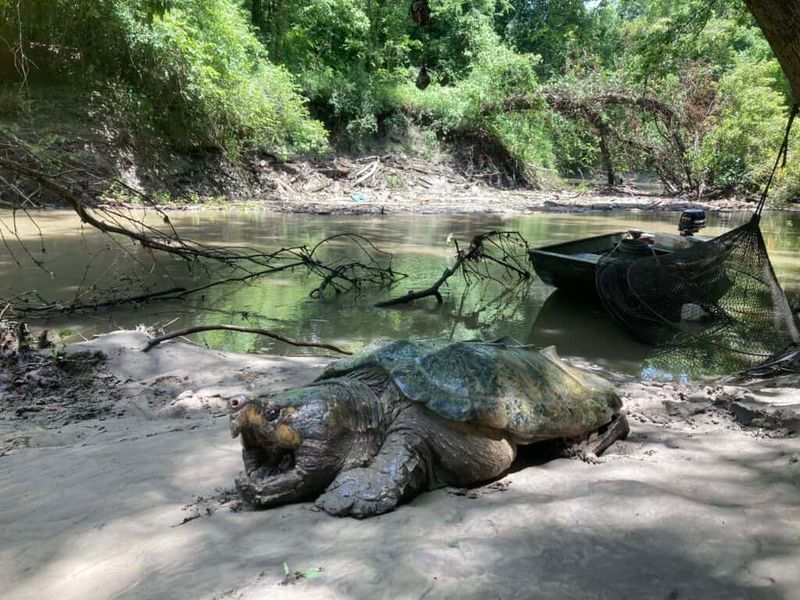
Nature’s cleanup crew! As opportunistic scavengers, these turtles consume dead fish and aquatic carrion, preventing disease spread in waterways. Their return signals improving ecosystem health.
Snappers control invasive species populations by preying on non-native crayfish and mollusks. Their burrowing activities create microhabitats benefiting smaller aquatic creatures. Even their shell algae supports unique microscopic communities, contributing to biodiversity at multiple levels.
12. The Importance Of Continued Conservation

Marathon, not sprint! Full recovery requires generational commitment, as these turtles take 15-20 years to reach breeding age. Their slow reproduction makes them vulnerable to setbacks.
Expanding urbanization threatens remaining habitats. Climate change impacts remain uncertain but concerning. Sustained funding for conservation programs faces political challenges. Public education campaigns work to transform these ancient creatures from feared monsters into celebrated Texas treasures.
13. Lessons Learned From The Comeback

Patience pays off! The snapper’s recovery proves that even species on the brink can bounce back with determined intervention. Their story demonstrates how integrating science, policy, and community engagement creates conservation success.
Most importantly, we’ve learned that ecosystem-based approaches work better than single-species focus. By protecting river systems holistically, we’ve benefited countless other species sharing the snapper’s habitat – a blueprint for future wildlife restoration efforts.


